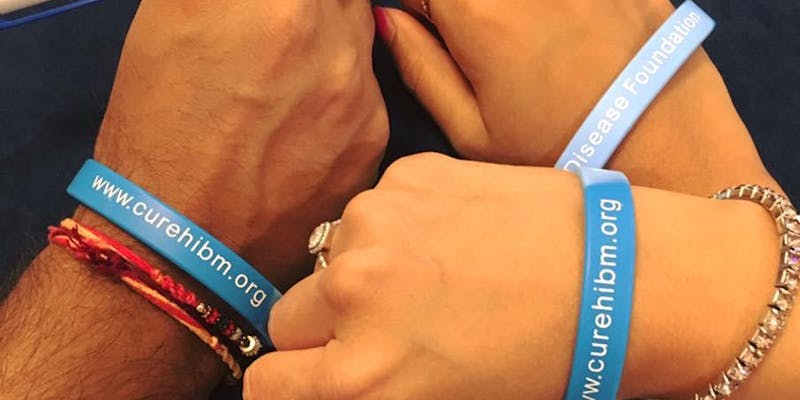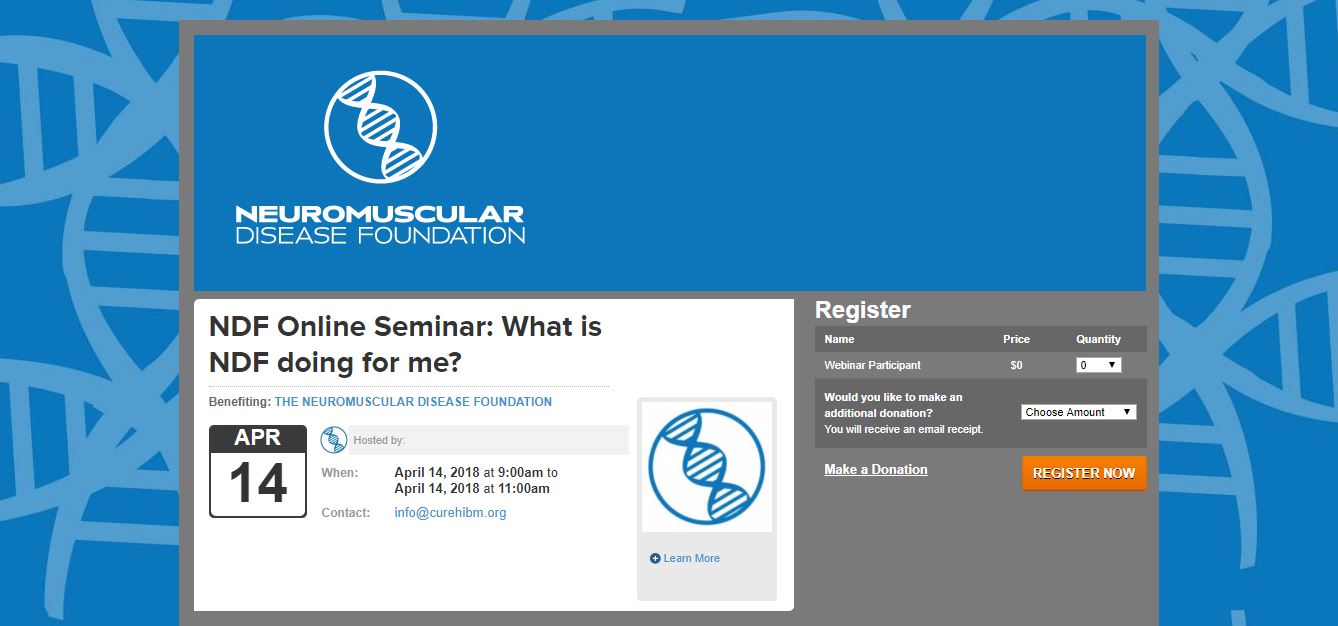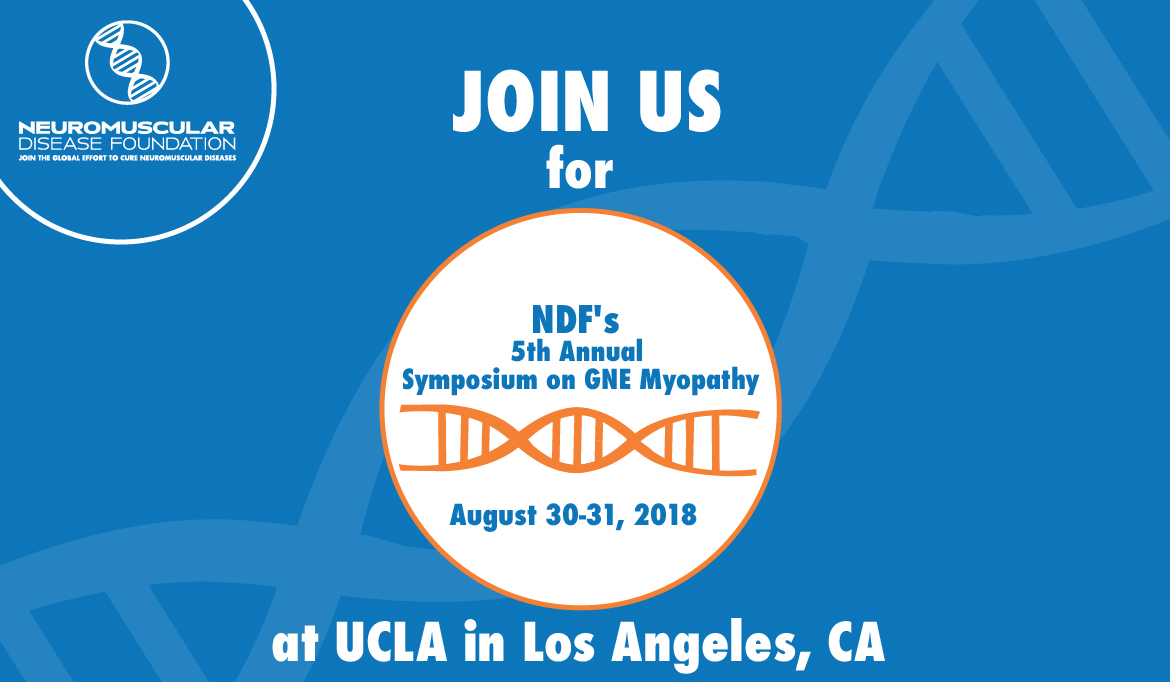WWGM organised its first ever GNE myopathy conference and patient day on ‘Perspectives in GNE Myopathy: Research, Clinical Management & Patient Care’ on February 16-17, 2018 in New Delhi. The conference was attended by close to forty patients and caregivers and close to thirty scientists and doctors from ten different countries. The conference brought patients, scientists and doctors together over intense rounds of discussions on various aspects of GNE myopathy for a packed two days.
The
conference was inaugurated by Dr. V.K. Paul, a member of
India’s leading central governmental planning body called the NITI Aayog and
Dr. V.M. Katoch, former Director General of the Indian Council of Medical
Research, who were both very encouraging about the role that patients can play
in developing drugs for rare diseases.
In
addition, the speakers at the conference included leading scientists and
doctors working in the field of GNE myopathy and in allied fields with possible
applications to GNE myopathy. Some of the areas discussed included
- The basic understanding of GNE myopathy, why it is caused and the science behind it.
- The medical symptoms that patients of GNE myopathy show and the general characteristics of patients.
- Possible treatments and therapies such as gene therapy, sialic acid and ManNAc supplementation, stem cell therapy, small molecule therapy and alternative therapies such as Ayurveda. The discussion involved what could be the best way forward to treat GNE myopathy.
- Different ways of diagnosing and testing GNE myopathy including how data collected from MRI and gene testing could be helpful.
- Collecting patient data through registries.
- Ways of managing GNE myopathy and the disability caused by it.
Some interesting insights provided at the conference included:
- There was an interesting debate on whether sialic acid deficiency is the primary problem that needs to be corrected to reverse symptoms of GNE myopathy. There were different views on whether the deficiency of sialic acid is the sole reason for the symptoms seen in GNE myopathy. The conclusion is that there is insufficient data to conclusively prove either side.
- The Ultragenyx trial may have failed for some technical reasons and not due to inefficacy of the SA-ER drug - such as the fact that the criteria for determining efficacy of sialic acid was changed in phase III of the trial.
- NIH is conducting a phase III trial for determining efficacy of ManNac in reducing the rate of progression of GNE myopathy. They will be recruiting 50 patients across different centers in the US. International patients are welcome.
- A workshop is being planned in Europe in September 2019 where all GNE myopathy scientists are meeting. The aim is to brainstorm for future therapies/clinical trials for GNE myopathy.
- Small molecule therapy may be a promising and faster to develop alternative treatment for GNE myopathy.
- Other suggestions for possible alternative drugs that could be taken by patients include Arimoclomol- a drug to slow muscle degeneration; N-Acetyl Cysteine (NAC) for muscle atrophy and sialyllactose which might be more effective than sialic acid.
- Potential gene therapy resources in India: Dr. Arkasubhra Ghosh (GROW Labs, Narayan Nethralaya, Bengaluru) has extensive experience in gene therapy using AAV vectors. After joining GROW labs as Director he has set up a clinical grade vector production facility for AAV vectors and is in the process of conducting a gene therapy trial for an eye disease.
- Potential stem cell therapy in India: Dr. Sujata Mohanty (AIIMS, New Delhi) has set up a state-of-the-art stem cell facility at AIIMS. They have taken the skin cells from patients, including one DMD patient and made induced pluripotent stem cells (iPSCs).
- The maximum number of confirmed GNE myopathy patients in India have been correctly diagnosed by Dr. Nalini at NIMHANS, Bengaluru and by Dr. Khadilkar at Bombay Hospital, Mumbai.
- Age of onset in Indian patients is generally 25-29 yrs. It is later for patients with both mutations in kinase domain compared with those in epimerase domain, or one mutation each in epimerase and kinase domains. Mutations are spread throughout the GNE gene. The most common mutation in Indian patients is Val727Met. It is found in 70% patients.
- Strand genomics (Bengaluru) also do DNA testing for GNE myopathy in India. Dr. Mannan from Strand informed about the extensive sequencing done by them for a large variety of rare genetic disorders.
- The benefits of yoga were demonstrated through a live yoga session.
The patient
day ended with a sightseeing trip to see the sound and light show called ‘the
love for Delhi’ at the Old Fort in Delhi.
For further
enquiries or more information please visit www.gne-myopathy.org
or write an email to wwgm.india@gmail.com
Some Images from this event:
 |
| Meeting the Researchers |
 |
| Time for Yoga and Stretching |
NDF First Online Seminar
The Neuromuscular Disease Foundation (NDF) held its first online seminar series on April, 14, 2018. Nancy Lurie, Director of Operations, introduced the presenters: Lale' Welsh, Dr. Monkol Lek, and Dr. Marjan Huizing. There were thirty-eight attendees from nine countries. Lale' Welsh, CEO of the NDF, presented information on the current projects that the NDF is working on in order to expedite an effective therapy for the GNE Myopathy patient community; which is done by advocacy, outreach, education, besides collaborating globally with other GNEM scientists. Some of the areas that the NDF is currently working on include the Pre-Ind phase for gene therapy, enlistment of GNE Myopathy patients from around the world to hold events in their home countries, such as a "Patient Day" to educate their communities about GNEM, including launched a consortium of researchers who have agreed to share new data on GNEM. In addition, the NDF is collaborating with Perkin Elmer to conduct Whole Genome Sequencing paired with metabolomics on 100 GNEM patients. The NDF is inviting patients to submit their genetic mutations for analysis. To submit your relevant paperwork, please send to: curehibm.org
The NDF has recently appointed Dr. Monkol Lek to their Scientific Advisory Committee. Dr. Lek is an Assistant Professor of Genetics at the Yale School of Medicine. During his time at the Broad Institute, Dr. Lek lead the exome/genome analysis of MYOSEQ which has resulted in a novel disease gene discovery. Dr. Lek made a presentation on exomes and the whole genome including the variants and the proteins that encode our genes. Accordingly, Dr. Lek is an invaluable addition to the NDF Scientific Board as he himself suffers from LGMD, a muscle disease, and so he will be able to relate more fully to the plight and concerns of the patients.
Dr. Lek did mention that GNEM patients may well be interested in reading up on gene editing and the gene replacement approach.
Dr. Huizing from the NIH presented on both the pathway and synthesis of Sialic Acid within the cells. She mentioned that GNEM patients can still make Sialic Acid, but the amount is decreased. In addition, she noted that when ManNAc is taken, studies show that it enters the cells and is maintained in the blood stream for 8-10 hours. Then, tests show SA in the urine; therefore we know that ManNAc is used by the cells, and then it is converted into Sialic Acid. Dr. Huizing mentioned that later in 2018 the NIH will start a multicenter trial using ManNAc where they will be able to accept 51 patients with a 2:1 ratio of ManNAc to a placebo for a duration of 24 months. For more on this study, please visit the NIH website.
This online seminar was very educational indeed and was attended by 38 patients and presenters from nine countries. Please monitor this site for updates on the the next seminar.
Upcoming GNEM Events Around the Globe
Inviting Patients to Submit Genetic Mutations for Potential Analysis
Dr. Lek did mention that GNEM patients may well be interested in reading up on gene editing and the gene replacement approach.
Dr. Huizing from the NIH presented on both the pathway and synthesis of Sialic Acid within the cells. She mentioned that GNEM patients can still make Sialic Acid, but the amount is decreased. In addition, she noted that when ManNAc is taken, studies show that it enters the cells and is maintained in the blood stream for 8-10 hours. Then, tests show SA in the urine; therefore we know that ManNAc is used by the cells, and then it is converted into Sialic Acid. Dr. Huizing mentioned that later in 2018 the NIH will start a multicenter trial using ManNAc where they will be able to accept 51 patients with a 2:1 ratio of ManNAc to a placebo for a duration of 24 months. For more on this study, please visit the NIH website.
 |
| Sialic Acid Pathway within the cell (NIH) |
Upcoming GNEM Events Around the Globe
Inviting Patients to Submit Genetic Mutations for Potential Analysis
The NDF is collaborating with Perkin Elmer for Whole Genome Sequencing paired with metabolomics. The NDF is inviting patients to submit their genetic mutations for analysis. To submit your genetic mutations, please send to info@curehibm.org
To read more on this project click here.
To read more on this project click here.
Cara, a GNEM patient who took on a 200-mile expedition through the Grand Canyon
 |
| Cara and her team |
In the month of April Cara has embarked on an epic challenge to traverse the rugged terrain of the Grand Canyon. Her goal is to shatter the stigma of those living with disabilities and to increase the awareness of her rare muscle disease GNE Myopathy. She is partnering with Film Independent to document her journey into the Grand Canyon. For more on her story, to find out the release date of her film, and to donate, please visit: http://www.princessrising.com/
At their 2017 Symposium The Neuromuscular Disease Foundation (NDF) enlisted dedicated patients worldwide to become Certified Patient Advocates (CPAs). Since then these CPAs have organized Patient Day events in South Korea, Italy, and Israel. In the coming months two such events are planned for Turkey and the United Kingdom. Here are the details for the upcoming events.
GNE Myopathy Patient Day in Istanbul, Turkey, May 07, 2018
At their 2017 Symposium The Neuromuscular Disease Foundation (NDF) enlisted dedicated patients worldwide to become Certified Patient Advocates (CPAs). Since then these CPAs have organized Patient Day events in South Korea, Italy, and Israel. In the coming months two such events are planned for Turkey and the United Kingdom. Here are the details for the upcoming events.
GNE Myopathy Patient Day in Istanbul, Turkey, May 07, 2018
This
is the first-ever GNE Myopathy Patient Day will be held in Istanbul,Turkey, on May 07, 2018, at the Istanbul
University at Capa Medical School. This event has been organized by Dr. Suleyman, an NDF
Patient Advocate, Turkish Neuromuscular Disease Association and others.
For more information, please visit this link: https://donate.curehibm.org/event/ndf-patient-day-on-gne-myopathy-istanbul/e173623
GNE Myopathy Patient Day in Manchester, United Kingdom, August 03, 2018
 |
| Joining Global Forces to Cure GNE Myopathy |
Save these dates -- August 30-31 for the NDF Fifth Annual Symposium More Details to follow.
Ultragenyx Patient Day
I was very honored to attend the recent Ultragenyx Patient Day in Novato, California. Ultragenyx holds a very precious place in my heart as this bio-pharma company is making headway against many obstacles to find therapies for rare disease patients. At their annual event they honor patients, families, advocates, and caregivers with a day long celebration of food, games for children, and music. Here are some images.
 |
| The offering of this Mighty (travelling) Mug |
 |
| It takes more than one GNEM patient to hold this Mighty Mug |






No comments:
Post a Comment